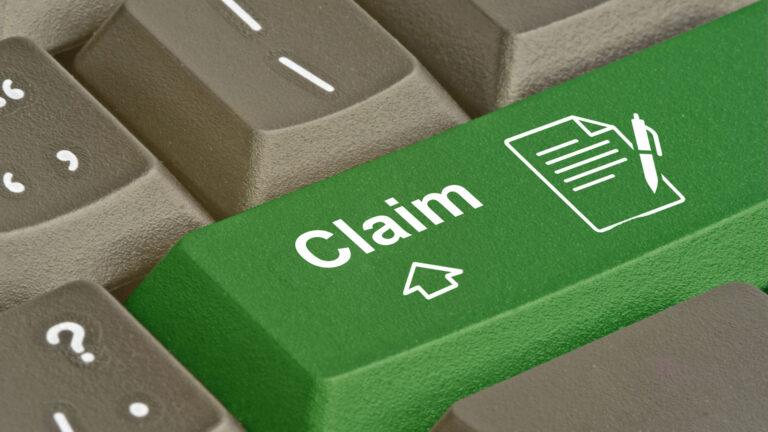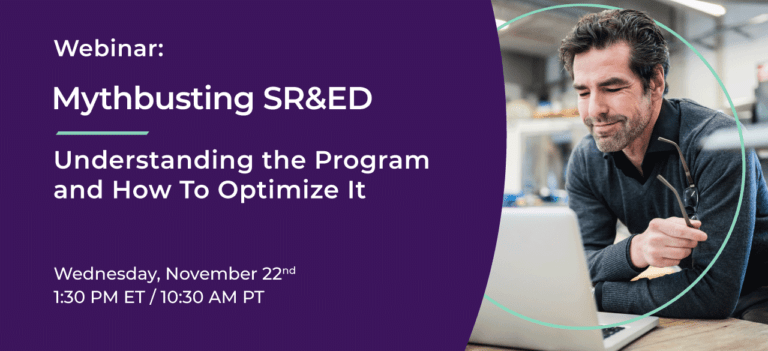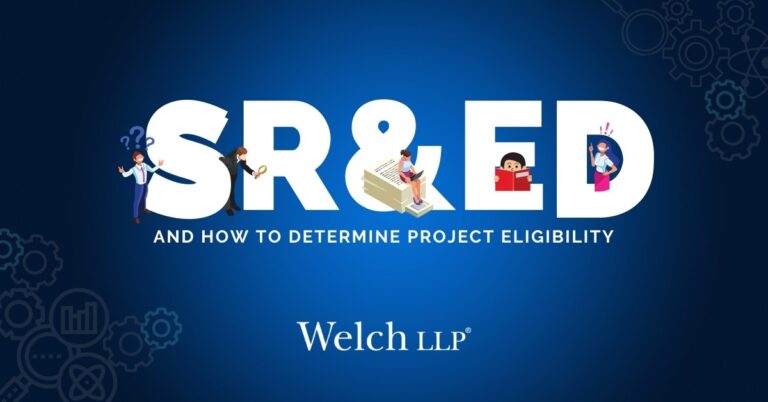What does a SR&ED claim description look like?
A Scientific Research and Experimental Development (“SR&ED”) claim is filed with your yearly corporate tax return (T2) as a tax credit, and is mainly composed of two schedules, Schedule 32, T661 for the financials and Schedule 60, T661 part 2 for the project description(s), which consists of three description sections: the Uncertainty, the Work Performed, and the Advancements.
Uncertainty
“What scientific or technological uncertainties did you attempt to overcome – uncertaintiesthat could not be removed using standard practice?”
This is where you explain the “Why” of your SR&ED work – what technological uncertainties did you identify, and why they could not be resolved using existing practices, techniques, or methodologies.
Work Performed
“What work did you perform in the tax year to overcome the scientific or technological uncertainties described in the Uncertainty?”
This is where you explain the “How” of your SR&ED claim – what hypotheses did you conceive, how did you test your prototypes and assumptions, and what conceptual knowledge did you gain that led you to accept or reject your hypothesis.
Advancements
“What advancements did you make during the tax year and how did you advance your scientific and technological knowledge?”
This is where you describe your new knowledge gained based on your work performed during the tax year, compared to the start of the year. It is important to note that this new knowledge is important even if the work described failed or is incomplete and continuing into the next tax year.
Each section of your SR&ED claim has limited space, so we will work with you to keep the description of your work short by highlighting the gems and jewels of your R&D. What evidence should I have to support my claim? Evidence is becoming an increasingly important part of the SR&ED application process to support the R&D work claimed during your tax year, and is something we will be working with you to record, structure, and file to meet the requirements of the SR&ED program. Evidence is not required when making your initial claim, but it is vital in supporting the hours of SR&ED you are claiming in a commensurate way if your claim is pulled for review. We will explore the importance of evidence to support your SR&ED claim in more depth in a later blog post.
What are the different SR&ED tax credits I can claim?
All SR&ED claims have a federal Investment Tax Credit (“ITC”), as well as a provincial credit depending on which province your corporation has a permanent establishment in.
Refundable vs. Non-refundable tax credits
- Refundable credits: if credits are not applied against tax, it is paid in cash to the taxpayer.
- Non-refundable credits: credits can only be used to reduce tax. If unused, credits are carried forward to be used in future tax years, with a limited life of 20 years.
Federal vs. Provincial credits
The federal ITC is 15% of eligible SR&ED expenses and is a non-refundable credit for all companies. The Enhanced Federal ITC is an additional 20% for Canadian-controlled private corporations (“CCPC’s”) with a prior year taxable capital of less than $50M. A CCPC’s federal ITC claim is fully refundable on the first $3M expenditures, subject to a reduction if prior year’s taxable capital is greater than $10M. If a CCPC’s eligible SR&ED expenditures exceeds the expenditure limit, the excess expenditures over the limit are subject to the regular ITC rate and non-refundable.
The 2025 Federal Budget announced increasing the expenditure limit to $6M for tax years that begin on or after December 16, 2024, but still needs to pass the budget vote and be legislated as of the date of this blog.
Each province has their own respective R&D credits with different rates and limits. To claim provincial tax credits, the corporation is required to have a Permanent Establishment in the respective province.
Here we’ll focus on Ontario’s R&D tax credits: the Ontario Innovation Tax Credit (“OITC”) is the 8% refundable credit if the prior year’s taxable income was less than $800K and taxable capital less than $50M, up to $3M of expenditures; the Ontario R&D Tax Credit (“ORDTC”), which is 3.5% non-refundable credits.
Example of a SR&ED tax credit calculation
If a CCPC is claiming one employee in Ontario with a salary of $100K and 100% of their hours contributing to SR&ED, the claim would be $155,000 total eligible SR&ED expenditures, which includes the 55% prescribed proxy amount for overhead expenditures. Provincial credits are calculated before the federal ITC. For the Ontario credits, OITC is calculated first, which is then seen as financial assistance for the ORDTC calculation next.
Lastly, the federal ITC is calculated, where provincial tax credits are seen as assistance for this calculation.
OITC
OITC is 8% of your claim, which is $12,400 ($155,000 × 8%).
ORDTC
ORDTC is 3.5% of the expenditures less the OITC, $4,991 ([$155,000 – $12,400] × 3.5%).
Federal ITC
The federal ITC is 35% of the expenditures less the provincial credits claimed, $48,163 ([$155,000 – $12,400 – $4,991] × 35%). The final tax credit would be $65,554, with $4,991 non-refundable credits and $60,563 refundable credits. Essentially, the corporation is getting back 60 cents on each dollar spent on R&D salaries.
If you would like to estimate your SR&ED tax credits, we provide a Welch SR&ED Calculator, or Contact us and we will work with you.
When should I file?
Your SR&ED claim is filed with your T2 corporate income tax return, so should be filed within six months after your tax year end. This includes both the financial and technical details of each of your projects, if you have multiple projects for the current tax year.
To ensure your eligible SR&ED tax credits are not lost, your claim must be filed within 18 months of your tax year end.
How We Can Help
At Welch LLP, our team of SR&ED experts can provide consultation, support, and assistance preparing claims, reviewing your work, or assisting in case of CRA review or unfavourable initial reviews, and we offer help in assessing your evidence to support your work. Contact us for more information.












